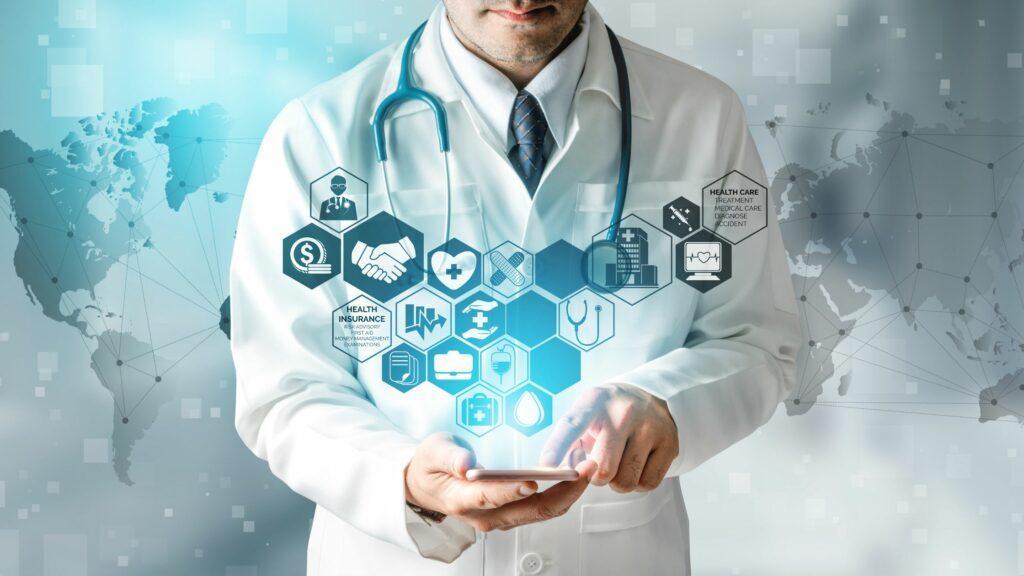Neonatal care has come a long way in recent years, thanks to advancements in medical devices and equipment. From apnea monitors to infant incubators, the tools available to healthcare professionals have revolutionized the way we care for newborns. In this blog, we will explore some of the most exciting innovations in neonatal care equipment and the impact they are having on the industry.
Apnea Monitors: These devices are crucial for monitoring a baby’s breathing patterns and detecting any pauses in breathing. New advancements in apnea monitors have made them more accurate and reliable, giving healthcare providers peace of mind when caring for at-risk infants.
Bassinets: Modern bassinets are designed with the comfort and safety of newborns in mind. They often come equipped with features such as adjustable height, integrated scales, and easy access for medical procedures, making them an essential piece of equipment in neonatal units.
Patient Beds: Specialized patient beds for newborns are designed to provide a safe and comfortable environment for infants who require extended hospital stays. These beds often come with features such as integrated monitoring systems and adjustable positioning to meet the unique needs of each baby.
Bilirubinometer: Jaundice is a common condition in newborns, and bilirubinometers are used to measure the levels of bilirubin in the blood. New advancements in this technology have made it easier and quicker to diagnose and treat jaundice in infants.
Bubble CPAP: Continuous positive airway pressure (CPAP) is a common treatment for respiratory issues in newborns. Bubble CPAP devices are designed to deliver this therapy in a gentle and effective manner, helping to improve the respiratory health of premature or ill infants.
Eye Pads & Protectors: Protecting a newborn’s delicate eyes is essential, especially in the neonatal intensive care unit (NICU). Eye pads and protectors are designed to shield a baby’s eyes from light and other potential irritants, promoting healthy eye development.
Infant Incubators: These specialized units provide a controlled environment for premature or ill infants, helping to regulate temperature, humidity, and oxygen levels. New advancements in infant incubators have improved their efficiency and safety, providing a nurturing environment for newborns to thrive.
Infant Radiant Warmer: These devices are used to maintain a baby’s body temperature, particularly during medical procedures or when a baby is unable to regulate their own temperature. Modern infant radiant warmers are designed with advanced temperature control and monitoring features, ensuring the safety and comfort of newborns.
Infantometer: Accurately measuring a baby’s length is essential for monitoring growth and development. Infantometers are designed to provide precise measurements in a comfortable and non-invasive manner, helping healthcare providers track a baby’s progress.
Irradiance Meter: Phototherapy is a common treatment for jaundice in newborns, and irradiance meters are used to measure the intensity of the light therapy. New advancements in this technology have improved the accuracy and efficiency of phototherapy, ensuring effective treatment for infants with jaundice.
LED Phototherapy Unit for Newborns: Light-emitting diode (LED) phototherapy units are a modern and effective treatment for jaundice in newborns. These devices deliver targeted light therapy to help break down bilirubin in the blood, promoting faster recovery for infants with jaundice.
Medical Ventilators: When a newborn is unable to breathe on their own, medical ventilators are essential for providing life-saving respiratory support. Modern ventilators are designed with advanced monitoring and control features, ensuring precise and effective ventilation for critically ill infants.
Oxygen Hoods: These specialized hoods are used to deliver oxygen therapy to newborns who require respiratory support. New advancements in oxygen hoods have improved their efficiency and comfort, providing a gentle and effective way to deliver oxygen to infants in need.
Pulse Oximeters: Monitoring a baby’s oxygen levels is crucial for identifying respiratory issues and ensuring their well-being. Pulse oximeters are designed to provide accurate and non-invasive oxygen saturation measurements, helping healthcare providers monitor a baby’s respiratory health.
Resuscitators: When a newborn experiences respiratory distress or cardiac arrest, resuscitators are essential for providing life-saving intervention. Modern resuscitators are designed with advanced features for precise and effective resuscitation, ensuring the best possible outcomes for critically ill infants.
Stadiometers: Accurately measuring a baby’s height is essential for monitoring growth and development. Stadiometers are designed to provide precise and non-invasive height measurements, helping healthcare providers track a baby’s progress and identify any potential issues.
Vein Finders: Finding a suitable vein for medical procedures or intravenous therapy can be challenging in newborns. Vein finders use advanced imaging technology to locate veins with precision, making it easier for healthcare providers to administer necessary treatments.
Weighing Scales: Accurately monitoring a baby’s weight is essential for tracking growth and development. Modern weighing scales are designed to provide precise and reliable measurements, helping healthcare providers monitor a baby’s progress and identify any potential issues.
Therapeutic Devices: From specialized feeding tubes to neonatal hearing screening equipment, a wide range of therapeutic devices are available to support the unique needs of newborns. These devices are designed to provide safe and effective treatment for a variety of medical conditions in infants.
In conclusion, the future of neonatal care is bright thanks to the continuous innovation in medical devices and equipment. From advanced monitoring systems to specialized treatment devices, the tools available to healthcare providers are revolutionizing the way we care for newborns. As technology continues to advance, we can expect even more exciting developments in neonatal care, ultimately improving outcomes for the tiniest and most vulnerable patients.


